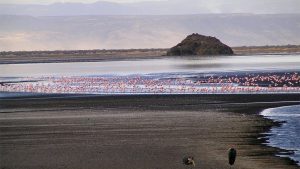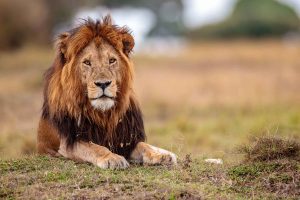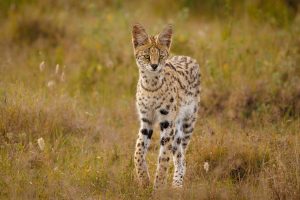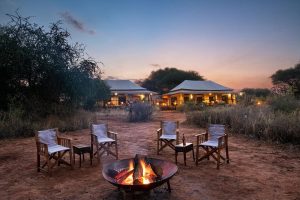When planning a safari to Serengeti National Park, one of the most common questions travelers ask is:
“When is the best time to go?”
The truth is — there’s no bad time to visit the Serengeti. Each season brings its own highlights, from dramatic wildlife encounters to stunning scenery.
Here’s your guide to understanding the climate, seasons, and wildlife events to help you decide the perfect time for your Serengeti safari.
☀️ Dry Season (June to October): Peak Game Viewing
This is the most popular time to visit the Serengeti, and for good reason.
What to Expect:
-
Clear skies, sunny days, and cooler evenings
-
Grass is short, making it easier to spot wildlife
-
Animals congregate around waterholes and rivers
-
Fewer mosquitoes due to low humidity
Wildlife Highlights:
-
Witness the famous Mara River crossings in northern Serengeti (July–September)
-
Excellent time to see predator-prey interaction
-
Big herds of wildebeest and zebras on the move
🎯 Ideal for: First-time visitors, photographers, and those wanting classic big game action.
🌧️ Short Rains (November to Mid-December): Fewer Crowds, Lush Landscapes
This is the shoulder season — a transitional period that still offers rewarding safaris.
What to Expect:
-
Occasional afternoon or evening showers
-
Fewer tourists and great value on accommodations
-
Beautiful, green landscapes
Wildlife Highlights:
-
Migrating herds begin to move south to Ndutu
-
Birdwatching is at its best — many migratory birds arrive
-
Big cats are active, and the green backdrop makes for great photos
🎯 Ideal for: Travelers looking for fewer crowds and off-peak pricing.
🌱 Green Season (January to March): Calving Season
This is one of the most underrated and magical times to visit the Serengeti, especially in the Ndutu region (southern Serengeti).
What to Expect:
-
Lush green plains after the rains
-
Warm daytime temperatures, scattered short rains
-
Fewer vehicles and more intimate safari experiences
Wildlife Highlights:
-
Over 8,000 wildebeest calves born daily
-
High predator activity — lions, hyenas, and cheetahs take advantage of the young
-
Excellent time for photographers and nature lovers
🎯 Ideal for: Wildlife photographers and visitors interested in seeing the circle of life unfold.
🌧️ Long Rains (April to May): Low Season
This is the wettest time of year, and the least popular for safaris — but it comes with its perks.
What to Expect:
-
Heavy and consistent rains, especially in April
-
Some lodges close or offer discounted rates
-
Landscapes are lush and dramatic
Wildlife Highlights:
-
Fewer safari vehicles — you may have sightings all to yourself
-
Animals still present, especially in central Serengeti
-
Great time for budget travelers and green season safaris
🎯 Ideal for: Adventurous travelers and those seeking solitude.
📌 So, When’s the Best Time to Visit?
It depends on what you want to see:
| Goal | Best Time |
|---|---|
| See the Great Migration | June–September (North), January–March (South) |
| Mara River crossings | July–September |
| Calving season | January–March |
| Avoid crowds | November–December, April–May |
| Best weather & wildlife | June–October |
🧭 Let Kilipath African Safaris Help You Choose
No matter when you visit, Serengeti never disappoints. Our team at Kilipath African Safaris will customize your safari to match the perfect season for your interests — whether it’s river crossings, baby animals, or big cat sightings.
📩 Contact us now to plan your Serengeti safari adventure — tailored for the best time to visit, just for you.





